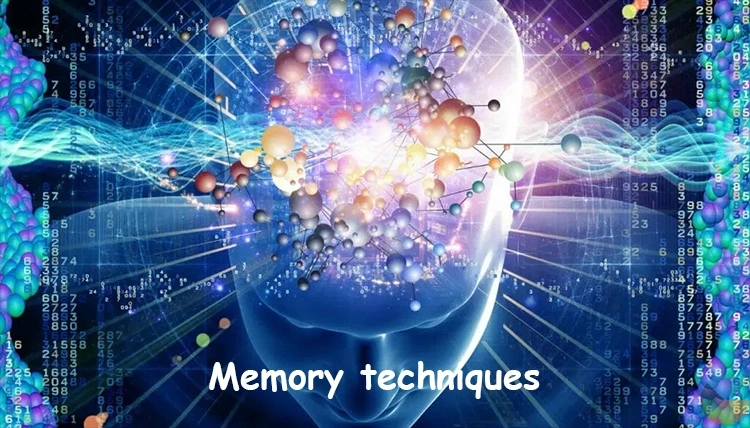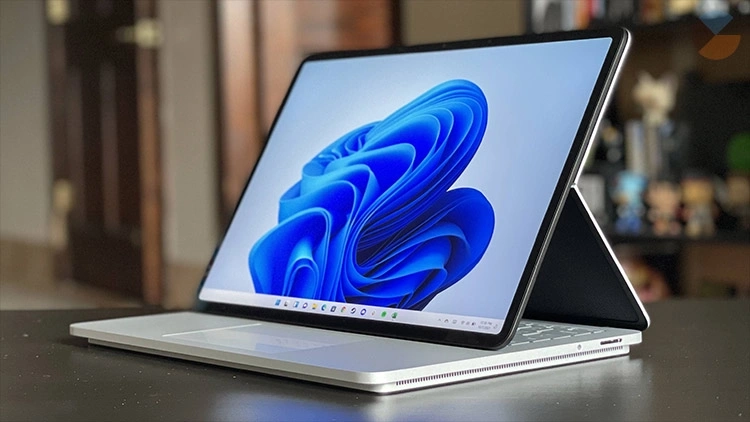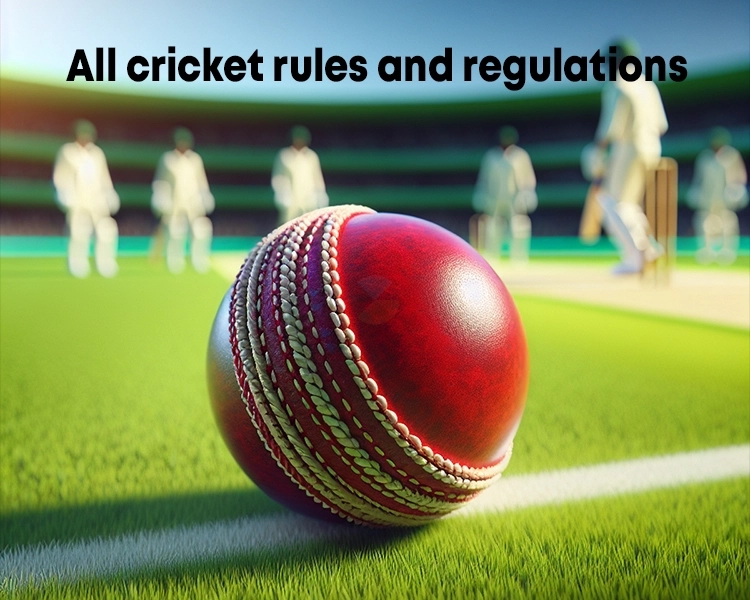Mastering Memory Techniques:
In our fast-paced world, the ability to retain and recall information efficiently is crucial. Whether you’re a student, a professional, or simply someone who wants to stay mentally sharp, mastering memory techniques can significantly enhance your cognitive abilities. This guide delves into various memory techniques to help you boost your recall and improve your mental performance.
Understanding Memory Techniques
Memory techniques refer to strategies or methods designed to improve the ability to remember information. They can be particularly useful for memorizing lists, learning new concepts, or retaining important details. The effectiveness of these techniques often lies in their ability to create associations, simplify complex information, and utilize the brain's natural learning processes.
The Role of Cognitive Psychology in Memory Techniques
Cognitive psychology has significantly contributed to the development of effective memory techniques. Understanding how the brain processes and stores information allows us to leverage specific methods that enhance memory. Cognitive principles such as encoding, storage, and retrieval are fundamental to these techniques.
Encoding: This is the process of converting information into a format that can be stored in memory. Effective memory techniques focus on improving encoding by making information more meaningful or easier to understand.
Storage: Once information is encoded, it must be stored in memory. Techniques that enhance storage often involve repetition or organization of information.
Retrieval: This involves accessing stored information. Techniques that improve retrieval typically include practice and the use of cues or prompts.
Popular Memory Techniques and How They Work
Mnemonic Devices
Mnemonics are one of the most popular memory techniques. They involve creating associations between new information and something already known. Common mnemonic devices include:
Acronyms: Forming a word using the first letters of a list of items. For instance, “HOMES” helps remember the Great Lakes: Huron, Ontario, Michigan, Erie, and Superior.
Acrostics: Creating a sentence where the first letter of each word represents an item. For example, “Every Good Boy Deserves Fruit” helps recall the notes on the lines of the treble clef in music: E, G, B, D, F.
Rhymes and Songs: Setting information to a melody or rhythm can make it easier to remember. This technique leverages the brain's ability to remember songs and rhymes more readily than plain text.
Visualization
Visualization involves creating a mental image of the information you want to remember. This technique can be incredibly effective because it engages both the visual and spatial memory systems. To use visualization as a memory technique, follow these steps:
- Create a vivid image: Make the image as detailed and colorful as possible.
- Associate the image with the information: Link the image to the facts or concepts you want to remember.
- Rehearse the image: Regularly practice visualizing the image to reinforce the memory.
Chunking
Chunking is a technique that involves breaking down large amounts of information into smaller, more manageable units. This method leverages the brain’s capacity to handle information more efficiently when it is organized into chunks. For example:
- Phone Numbers: Instead of remembering a 10-digit number as a single string, chunking it into groups of 3 or 4 digits (e.g., 123-456-7890) makes it easier to recall.
- Study Material: When studying, break down complex topics into smaller sections or categories.
The Method of Loci
The Method of Loci, also known as the Memory Palace technique, is a powerful memory technique that involves visualizing a familiar place and associating the items you need to remember with specific locations within that place. Here’s how to use it:
- Select a familiar location: This could be your home or any place you know well.
- Visualize the location: Mentally walk through the place, noting key features or rooms.
- Place the items: Imagine placing each item you need to remember in specific locations within your mental image of the place.
- Retrieve the information: When you need to recall the items, mentally walk through the location and retrieve them from their designated spots.
Spaced Repetition
Spaced repetition involves reviewing information at increasing intervals over time. This technique takes advantage of the spacing effect, which shows that information is better retained when learning is spread out. To implement spaced repetition:
- Create a review schedule: Review the material at increasing intervals (e.g., after one day, then a week, then a month).
- Use flashcards: Tools like Anki or Quizlet can help automate the spaced repetition process.
Active Recall
Active recall is a memory technique that involves actively retrieving information from memory rather than passively reviewing notes. This method strengthens memory by forcing the brain to retrieve information without cues. To practice active recall:
- Test yourself regularly: Use flashcards, practice questions, or quizzes to test your knowledge.
- Summarize information: After studying a topic, try to summarize it from memory.
Elaborative Rehearsal
Elaborative rehearsal involves connecting new information to existing knowledge. This technique enhances encoding by creating more meaningful associations. To use elaborative rehearsal:
- Relate new information: Link the new information to something you already know or find meaningful.
- Explain concepts: Try to teach or explain the information to someone else, which helps reinforce your understanding.
Storytelling
Creating a story around the information you need to remember can be an effective memory technique. This method works by embedding facts within a narrative structure, making them easier to recall. To use storytelling:
- Construct a narrative: Develop a story that incorporates the information you need to remember.
- Make it memorable: Ensure the story is vivid and engaging to enhance recall.
Mind Mapping
Mind mapping involves creating a visual representation of information. This technique helps organize and structure information in a way that makes it easier to remember. To create a mind map:
- Start with a central concept: Write the main idea in the center of the page.
- Branch out: Create branches for related subtopics and connect them to the central idea.
- Add details: Include additional details and connections as needed.
Physical Exercise
Physical exercise has been shown to improve cognitive function and memory. Engaging in regular physical activity can enhance brain health and support the effectiveness of memory techniques. Aim for at least 30 minutes of moderate exercise most days of the week.
Applying Memory Techniques in Daily Life
Integrating memory techniques into your daily routine can lead to significant improvements in memory and cognitive performance. Here are some tips for applying these techniques effectively:
- Set specific goals: Identify what you want to achieve with your memory training and choose techniques that align with your goals.
- Practice regularly: Consistent practice is key to reinforcing memory techniques and making them second nature.
- Stay motivated: Track your progress and celebrate your achievements to maintain motivation.
- Combine techniques: Use multiple memory techniques together for better results. For example, combine visualization with spaced repetition for enhanced learning.
Conclusion
Mastering memory techniques can profoundly impact your ability to retain and recall information. By understanding and applying techniques such as mnemonics, visualization, chunking, and the Method of Loci, you can enhance your memory and cognitive abilities. Incorporating these methods into your daily routine, along with maintaining a healthy lifestyle, will help you achieve better memory performance and overall mental sharpness.
Explore and experiment with different memory techniques to find what works best for you, and enjoy the benefits of a more efficient and effective memory.









 Ingning
Ingning







